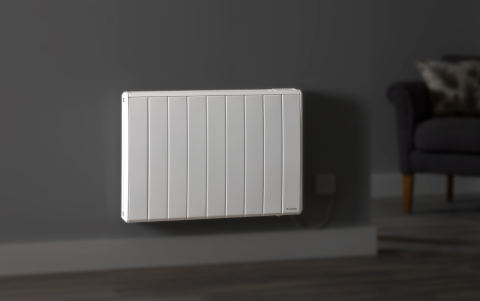Building Regulations in England & Parts L, F and O
With the transitional period now over, the updated 2022 Building Regulations Part L, Part F, and the new Part O, became legally enforceable for all new residential projects.
This is the biggest regulatory change the construction sector has seen in the last 40 years and a stepping stone in our transition away from fossil fuel systems toward decarbonised homes and the electrification of heat - and ultimately, the Future Homes Standard. This shift will impact the way we design buildings and specify technologies.
Have you decided which technologies to specify to achieve compliance for your next residential project?
The new English Building Regulations came into law on the 15th of June 2021. For projects with existing planning permission there is one year transitional arrangements period that applies on plot-by plot basis.
The updated Part L outlines the four compliance metrics for new developments: primary energy target, carbon emissions target, fabric energy efficiency target, and minimum standards for building fabric and building services.
The ventilation system choice under the updated Part F is linked to aritightness as we look to increase indoor air quality. New Part O offers modelling to help mitigate the risk of overheating in buildings.
We designed a simple guide to the changes to Part L and Part F, and the new Part O, and discuss what they may mean for your project.
Our range of HVAC solutions aim to provide future proof technologies to building projects over various sectors.
Request our presentation on Building Regulation changes that answer the most frequently asked questions.
Latest News
Our news section cover building regulations, what the changes to Part L, F, and the new Part of O entail, and what this means for HVAC specification.

National Clean Air Day: Don't let your allergies get the best of you
National Clean Air day aims to draw attention to the ongoing concerns around air pollution and its impacts on our environment and our health.

What is diversity in HVAC systems?
What is diversity in HVAC systems, and how does it affect HVAC system design and specification for residential developments?
Diversity in HVAC systems within medium to large scale developments acknowledges that it is unlikely the maximum demand of all individual users of the system will arise concurrently. The total heat demand in a building is likely to be lower than the maximum or peak demand at various points in the heat network.

Only installed ambient network HVAC solution
The Zeroth Energy System – An ambient network HVAC solution already tested, installed and benefitting developments today











